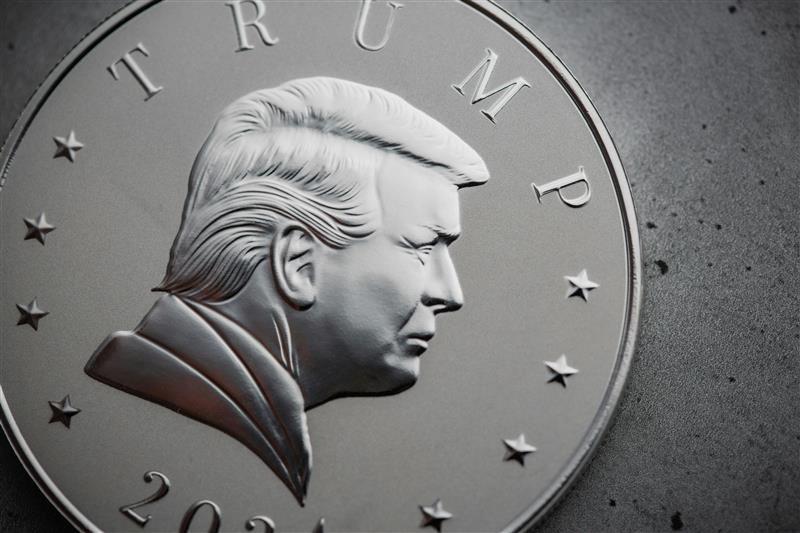Forget 529s and piggy banks. Every baby born between 2025 and 2028 is getting a financial starter pack courtesy of Washington, D.C., stamped with Trump’s name, of course. The so-called “Trump Account” is the latest attempt to fuse politics, branding, and policy into one neatly packaged savings vehicle. Whether you love it or loathe it, it will soon become part of every family’s financial planning conversation.
What is a Trump Account?
Starting January 1, 2025, every U.S. child born through the end of 2028 will be eligible for a one-time $1,000 federal contribution into a newly created Trump Account. These accounts are designed to grow tax-advantaged over time, invested in ultra-low-cost index funds focused on U.S. equities. Once the child turns eighteen, they gain full access to the funds.
But that’s just the beginning. Families, and even employers, can contribute up to $5,000 per year to these accounts until the child turns eighteen. Employer contributions up to $2,500 per year can be made tax-free to the employee, adding a potentially powerful workplace benefit for young families.
Rules and Restrictions
- Eligibility: Children must be born between January 1, 2025, and December 31, 2028, be U.S. citizens, and have a Social Security number.
- Investments: Funds must go into ultra-low-fee index-tracking mutual funds or ETFs.
- Access: Beneficiaries can withdraw the full account balance starting at age 18.
- Taxation: Earnings are taxed as ordinary income upon withdrawal (not capital gains).
Parents of children born outside the four-year window can still open a Trump Account, but without the federal seed money.
The Obvious Benefits
- Jumpstart on Wealth Building: Even without additional contributions, $1,000 growing at the 10% average of the past decades would grow to more than $5,500 by the time the child reaches the age of eighteen. Maxing out annual contributions could yield over $200,000, a potentially transformative asset for young adults entering college, starting a business, or buying a home.
- Employer Involvement: The ability for employers to contribute creates a novel employee benefit that may particularly help working-class families.
- National Participation in the Market: The White House framed the initiative as giving every child a “chance to experience the miracle of compounded growth.” It’s hard to argue with that aspiration.
While the Trump Account is an exciting development, it also highlights two deeper truths in the world of financial planning. Put simply, it’s great when every American is invested in America’s future. There’s real symbolic and economic power in making every child a stakeholder in our national prosperity. It aligns incentives, promotes financial literacy, and gives families a reason to engage with long-term investing. Programs like the Trump Account can foster a culture of ownership and financial responsibility from an early age.
At the same time, the provision creates one more quirky account with its own set of rules.
As financial planners, we already help families navigate through a maze of options— IRAs, 401(k)s, 403(b)s, 457s, HSAs, 529s, UTMA/UGMA accounts and more — each with different contribution limits, withdrawal rules, and tax treatments. Now we’re adding Trump Accounts to the alphabet soup. Although this might be good news for the job security of financial professionals, it also highlights a growing problem: the U.S. tax-advantaged savings landscape is becoming increasingly complex.
Of course, we welcome the opportunity to guide families through this new option—but we also hope that one day, simplifying the U.S. tax system will become a national priority, right alongside expanding opportunity.
This material has been prepared for informational purposes only, and is not intended to provide or be relied upon for legal or tax advice. If you have any specific legal or tax questions regarding this content or related issues, please consult with your professional legal or tax advisor.


